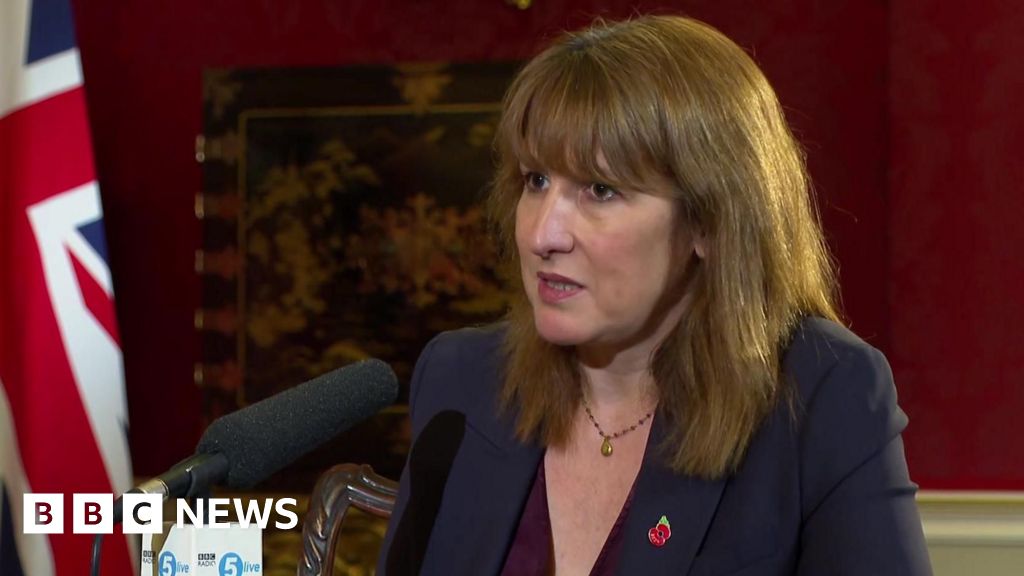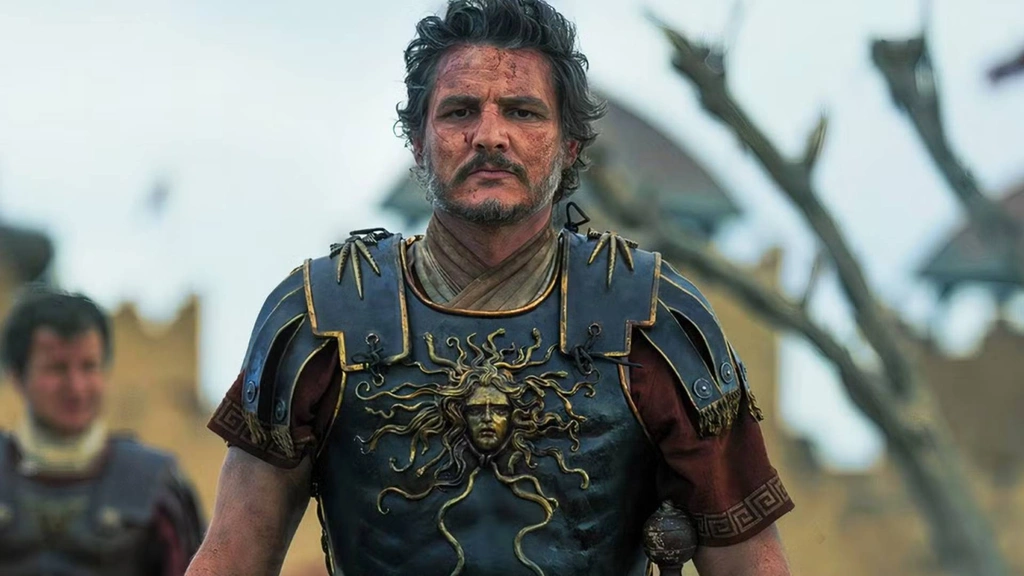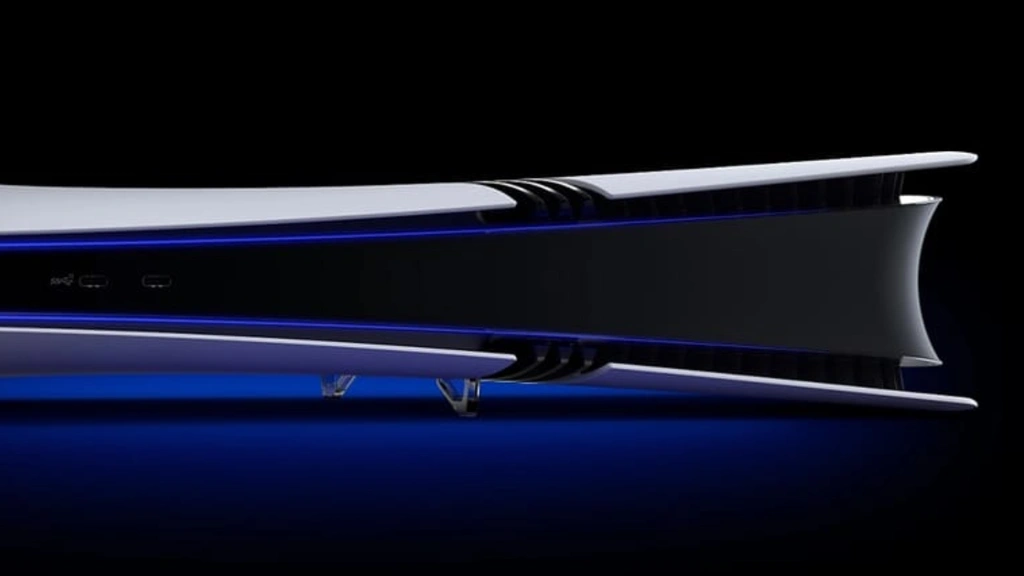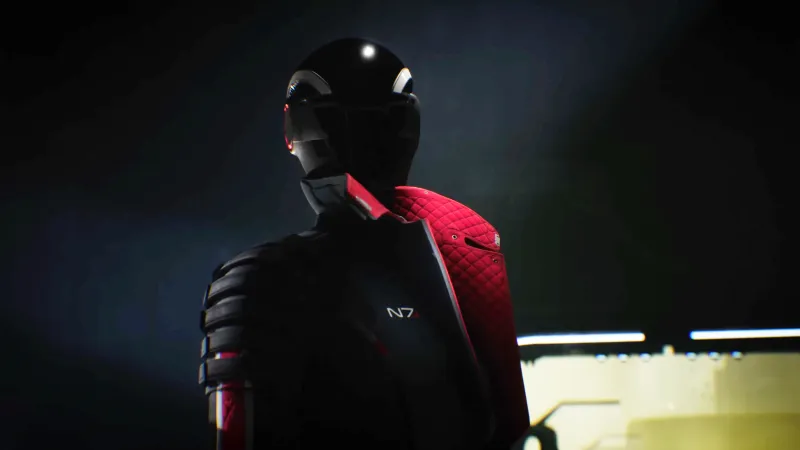Surgeons from Scotland and US achieve world-first stroke surgery using robot

Dundee and US surgeons achieve world-first stroke surgery using robot
Graham FraserBBC Scotland
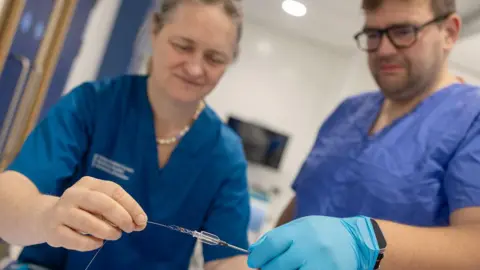 University of Dundee
University of DundeeDoctors from Scotland and the US have completed what is thought to be a world-first stroke procedure using a robot.
Prof Iris Grunwald, of the University of Dundee, performed the remote thrombectomy - the removal of blood clots after a stroke - on a human cadaver that had been donated to medical science.
The professor was at Ninewells Hospital in Dundee, while the body she was operating on while using the machine was across the city at the university.
Hours later, Ricardo Hanel - a neurosurgeon in Florida - used the technology to carry out the first transatlantic surgery from his Jacksonville base on a human body in Dundee over 4,000 miles (6,400km) away.
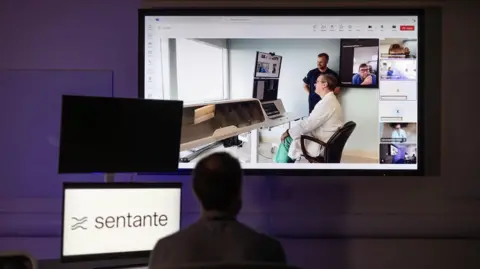 University of Dundee
University of Dundee
The team has called it a potential "game changer" if it becomes approved for use on patients.
The medics believe this technology could transform stroke care, as a delay in accessing specialist treatment can have a direct impact on the chances of recovery.
Prof Grunwald said: "It felt as if we were witnessing the first glimpse of the future.
"Where previously this was thought to be science fiction, we demonstrated that every step of the procedure can already be done."
The University of Dundee is the global training centre of the World Federation for Interventional Stroke Treatment, and is the only place in the UK where doctors can operate on cadavers with human blood circulated in the vessels to mimic treatment on a live human.
"This was the first time that we could perform the whole mechanical thrombectomy procedure in a real human body to show that all steps of the procedure are possible," said Prof Grunwald.
Juliet Bouverie, the chief executive of the Stroke Association charity, told BBC News the transatlantic procedure was "a remarkable innovation".
She added: "For too long, people living in remote and rural areas have been deprived of access to thrombectomy.
"Robotics like this could rebalance the inequity which exists in stroke treatment across the UK."

 University of Dundee
University of DundeeIn the experiment, human blood was used in four different cadavers. The bodies had been donated to science, with the subjects dying in the past three years and then embalmed.
Both the Dundee and Florida procedures were carried out last month using robotics from the Lithuanian firm Sentante.
While there have been remote thrombectomies carried out before on a silicon model, a 3D printed replica and on an animal, this is thought to have been the first procedure on a human body.
The team now hope to take part in clinical trials next year.
How does the technology work?
An ischaemic stroke occurs when an artery is blocked by a clot.
This cuts off blood and oxygen supply to the brain, and brain cells lose function and die.
The best treatment is a thrombectomy, where a specialist uses catheters and wires to remove the clot.
But what happens when a patient can't get to a specialist who can do the procedure?
Prof Grunwald said the experiment demonstrated a robot could be connected to the same catheters and wires a surgeon would normally use, and a medic who is with the patient could simply attach the wires.
The surgeon, in another location, could then hold and move their own wires, and the robot then carries out exactly the same movements in real time on the patient to carry out the thrombectomy.
The patient would be in a hospital operating room, while the doctor could carry out the procedure using the Sentante machine from anywhere - even their own home.
Prof Grunwald and Ricardo Hanel could see live X-rays of the body in the experiments, and monitor progress in real time, with the Dundee expert saying it took only took 20 minutes of training.
Tech giants Nvidia and Ericsson were involved in the project to ensure the connectivity of the robot.
Dr Hanel said: "To operate from the US to Scotland with a 120 millisecond lag - a blink of an eye - is truly remarkable."

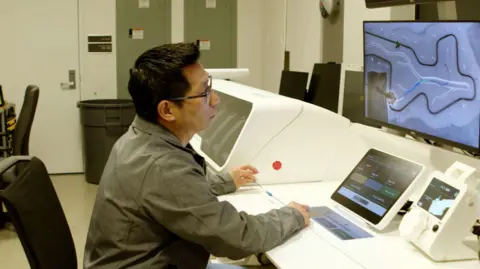 Sentante
Sentante
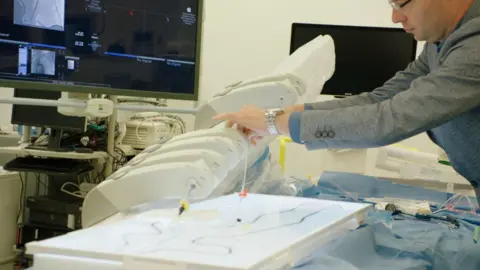 Sentante
SentanteThe future of stroke treatment
Prof Grunwald, who has won an award from Innovate UK for her work and is also the vice president of the World Federation for Interventional Stroke Treatment, said there were two main problems with a standard thrombectomy - a global shortage of doctors who can do it, and treatment depends on your location.
In Scotland, there are only three places patients can receive the procedure - Dundee, Glasgow and Edinburgh. If you don't live there, you must travel.
Prof Grunwald said: "The treatment is very time sensitive.
"Every six minutes delay, you have a 1% less chance of having a good outcome.
"This technology would now provide a new way where you're not depending on where you live - saving the valuable minutes where your brain is otherwise dying."
Public Health Scotland said there were 9,625 ischaemic strokes in Scotland last year.
Only 212 - or 2.2% of all patients - received a thrombectomy, while 1,045 people received medication to burst the clots.
For the rest of the UK, only 3.9% of all stroke patients received a thrombectomy in the year to March 2024.
"It feels amazing," added Edvardas Satkauskas, the CEO of Sentante, speaking to BBC News from the company's base in Lithuania.
"Sometimes, the future is way closer than we think."
What's Your Reaction?
 Like
0
Like
0
 Dislike
0
Dislike
0
 Love
0
Love
0
 Funny
0
Funny
0
 Angry
0
Angry
0
 Sad
0
Sad
0
 Wow
0
Wow
0
